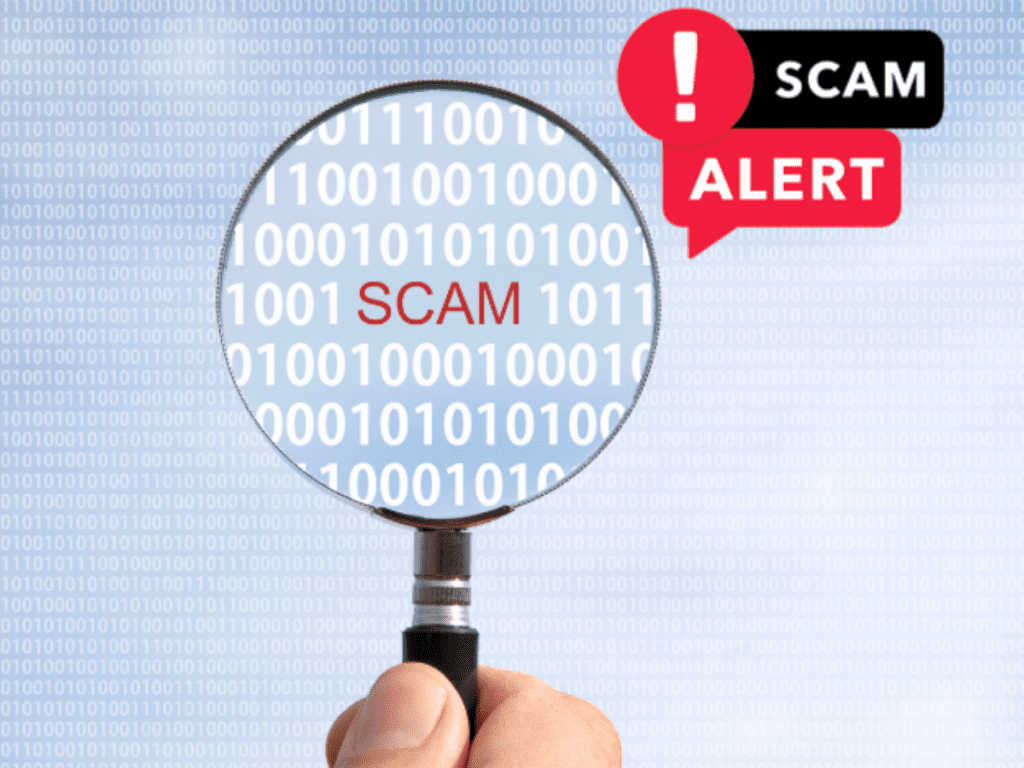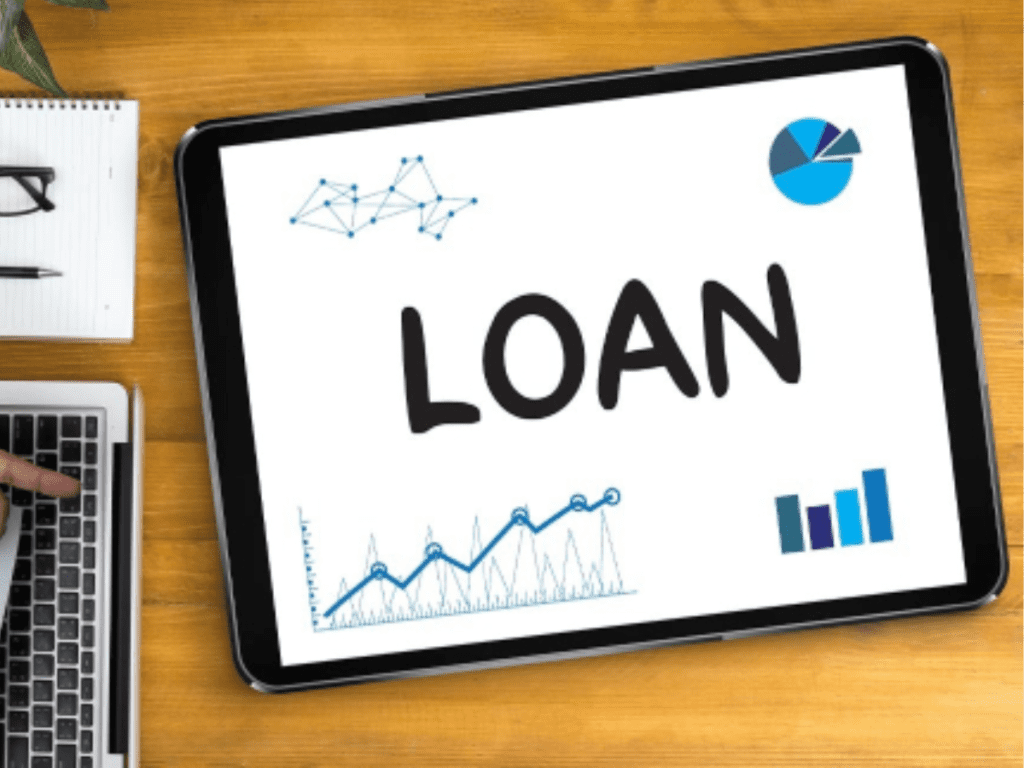Secured vs. Unsecured Loans: Which One Is Right for You?
Loans play a crucial role in personal and business finance, offering individuals and companies access to funds when needed. However, not all loans are the same. The two primary categories are secured loans and unsecured loans. Understanding the differences between these loan types, their advantages, risks, and suitability for various needs can help you make an informed financial decision.
What Are Secured Loans?
Secured loans are loans backed by collateral—an asset that the borrower pledges to the lender as security. This collateral serves as a guarantee that the lender can seize in case the borrower defaults on the loan. Secured loans typically have lower interest rates and higher borrowing limits because they present less risk to lenders.
Common Examples of Secured Loans
- Mortgage Loans – Home loans where the property itself serves as collateral.
- Auto Loans – Car loans where the vehicle is the security.
- Home Equity Loans – Loans secured against the value of a home.
- Secured Personal Loans – Loans backed by assets like savings accounts, jewelry, or investments.
- Business Loans – Some business loans require collateral such as property, equipment, or inventory.
Advantages of Secured Loans
- Lower Interest Rates – Since secured loans involve collateral, lenders face reduced risk, allowing them to offer lower interest rates.
- Higher Loan Amounts – Borrowers can access larger loan amounts compared to unsecured loans.
- Easier Approval for Borrowers with Bad Credit – Individuals with poor credit scores have a higher chance of approval if they can provide valuable collateral.
- Longer Repayment Terms – Many secured loans offer extended repayment periods, making monthly payments more manageable.
Disadvantages of Secured Loans
- Risk of Losing Collateral – If you fail to repay, the lender can seize your asset, such as your home or car.
- Strict Qualification Requirements – Some secured loans require appraisals or specific asset types, which can slow down the approval process.
- Longer Processing Time – Because of asset evaluation, secured loans may take longer to process than unsecured loans.
What Are Unsecured Loans?
Unsecured loans do not require collateral. Instead, lenders approve these loans based on a borrower’s creditworthiness, income, and financial history. Because they pose higher risks to lenders, unsecured loans typically have higher interest rates and lower borrowing limits.
Common Examples of Unsecured Loans
- Credit Cards – Credit card balances are a form of revolving unsecured credit.
- Personal Loans – These can be used for various purposes, from medical expenses to vacations.
- Student Loans – Most student loans are unsecured since they don’t require collateral.
- Medical Loans – Borrowed funds used for medical treatments and emergencies.
- Business Loans – Some lenders offer unsecured business loans based on revenue and creditworthiness.
Advantages of Unsecured Loans
- No Risk of Losing Assets – Since there is no collateral, your home, car, or savings are not at risk.
- Faster Approval Process – Unsecured loans often have quicker approvals since no asset evaluation is required.
- More Flexibility – These loans can be used for a variety of purposes without restrictions on collateral.
- Available for a Wider Range of Borrowers – Even those without significant assets can qualify based on their income and credit score.
Disadvantages of Unsecured Loans
- Higher Interest Rates – Since lenders take on more risk, interest rates for unsecured loans tend to be higher.
- Lower Loan Limits – Borrowing amounts are usually lower compared to secured loans.
- Strict Credit Requirements – Lenders rely heavily on credit scores and financial history to approve these loans.
- Shorter Repayment Terms – Some unsecured loans have shorter repayment periods, increasing monthly payment amounts.
Key Differences Between Secured and Unsecured Loans
1. Collateral Requirement
- Secured loans require collateral (home, car, savings).
- Unsecured loans do not require collateral.
2. Interest Rates
- Secured loans have lower interest rates.
- Unsecured loans typically have higher interest rates.
3. Approval Process
- Secured loans may take longer due to asset evaluation.
- Unsecured loans have faster approval times.
4. Borrowing Limits
- Secured loans offer higher borrowing limits.
- Unsecured loans have lower loan amounts.
5. Risk Factor
- Secured loans pose a risk of losing assets.
- Unsecured loans do not involve asset loss but can damage credit scores if unpaid.
How to Choose the Right Loan for You
The decision between a secured and an unsecured loan depends on various factors, including financial stability, borrowing needs, and risk tolerance. Consider the following questions:
- Do You Have Collateral? – If you own valuable assets, a secured loan might offer better interest rates and higher loan amounts.
- How Urgent Is the Loan? – If you need funds quickly, an unsecured loan may be more convenient.
- What Is Your Credit Score? – Borrowers with good credit scores can often secure competitive unsecured loan rates.
- Are You Comfortable Risking an Asset? – If you don’t want to risk losing property, an unsecured loan might be a safer choice.
- What Is the Loan Purpose? – Mortgages and car loans are naturally secured, while personal expenses may be better suited for unsecured loans.
When to Choose a Secured Loan
- When applying for a large loan amount (e.g., home or car purchase).
- If you have a low credit score but can provide valuable collateral.
- When you prefer lower interest rates and longer repayment terms.
- If you are willing to put up an asset as security for lower costs.
When to Choose an Unsecured Loan
- If you need quick access to funds for emergencies or short-term needs.
- When you do not own valuable assets to offer as collateral.
- If you have a strong credit history that allows you to qualify for lower rates.
- When you are not comfortable risking your home or car as collateral.
Final Thoughts
Both secured and unsecured loans serve different financial purposes, and choosing the right one depends on your situation. Secured loans are ideal for borrowers who need larger loan amounts with lower interest rates and have assets to back the loan. On the other hand, unsecured loans are a better option for those who need quick funding, prefer flexibility, and are confident in their ability to repay without putting any assets at risk.
Before applying for any loan, carefully review your financial situation, compare loan offers, and assess the repayment terms to ensure they align with your financial goals. Whether you choose a secured or unsecured loan, responsible borrowing and timely payments are key to maintaining financial stability.

